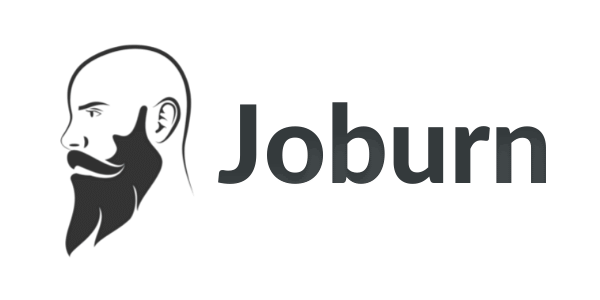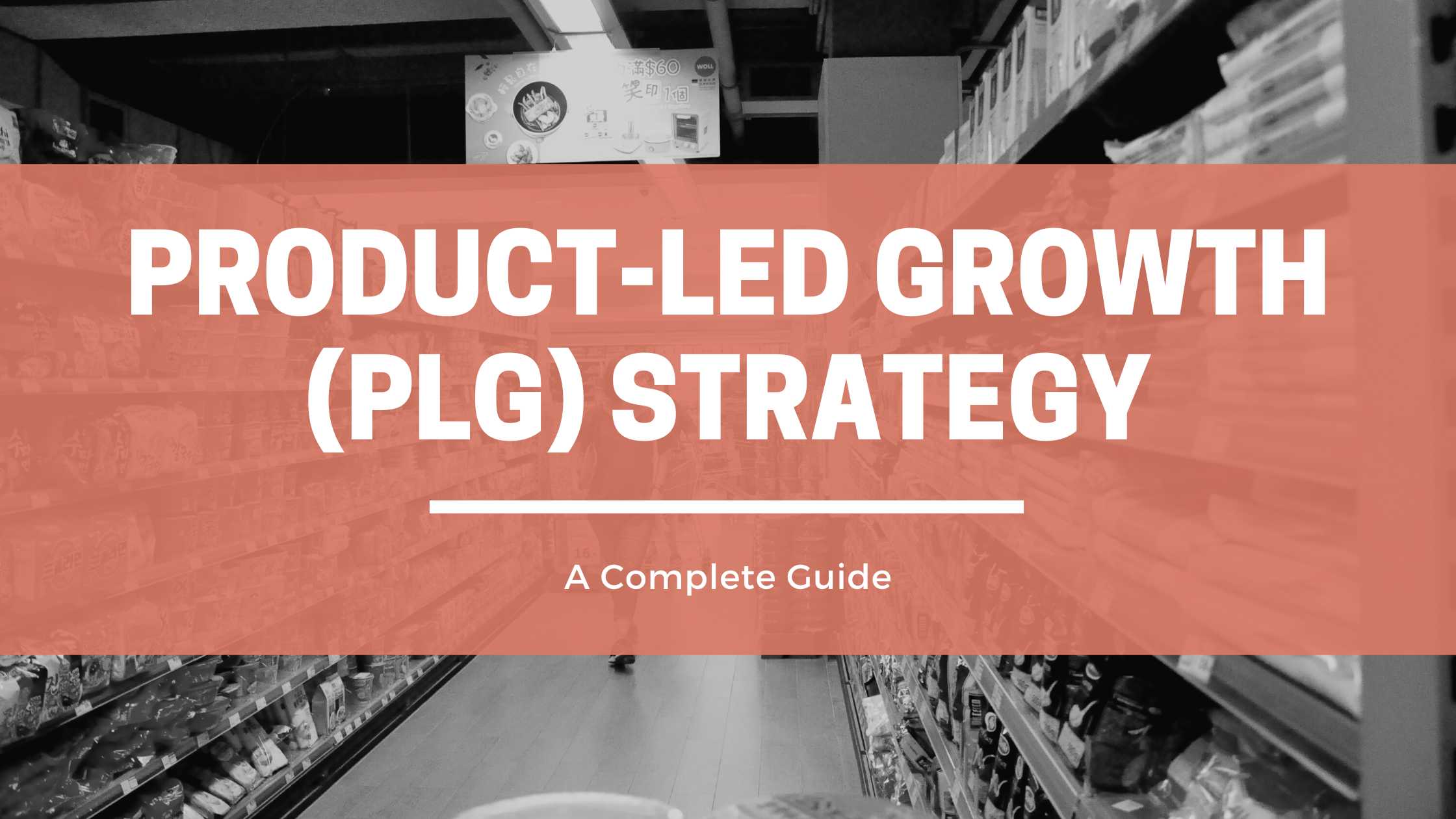As companies look to grow and expand their customer base, the product-led growth (PLG) strategy can be an effective way to enter new markets and gradually build momentum.
What is product-led growth (PLG) strategy?
Product-led growth (PLG) is a business strategy that involves using the product itself as the primary driver of growth and customer acquisition. This can be achieved through offering a free or low-cost version of the product, and then upselling or cross-selling additional features or services to customers as they become more invested in the product.
What is an example of PLG strategy?
An example of a PLG strategy might be a software company that offers a free or low-cost version of its software, and then upsells additional features or services to customers as they become more invested in the product.
What is the importance of PLG strategy?
The importance of PLG strategy lies in its ability to drive customer acquisition and retention through the product itself. By offering a free or low-cost version of the product, companies can attract a large number of users and then monetize those users through upsells or cross-sells. This can be an effective way for companies to grow their customer base and revenue without relying on traditional marketing and sales efforts.
What is the benefit of PLG strategy?
Some benefits of a PLG strategy include:
- Customer acquisition: By offering a free or low-cost version of the product, companies can attract a large number of users and then monetize those users through upsells or cross-sells.
- Customer retention: By offering a high-quality product and continually adding new features or services, companies can encourage customers to remain invested in the product over time.
- Cost-effectiveness: A PLG strategy can be cost-effective compared to traditional marketing and sales efforts because it relies on the product itself to drive growth.
What is the method for determining PLG strategy?
The method for determining a PLG strategy will depend on the specific product or service being offered and the target market. Here are some steps that might be followed when developing a PLG strategy:
- Identify the target market: This includes understanding the characteristics and needs of the customers in the target market segment.
- Define the unique selling proposition (USP) of the product: This involves identifying the unique benefits and value that the product offers to customers in the target market segment.
- Research the competition: This includes understanding the products or services that competitors in the target market segment are offering and how they are positioned in the market.
- Develop a pricing strategy: This involves determining the price points for the free or low-cost version of the product, as well as any additional features or services that will be offered through upsells or cross-sells.
- Identify upsell and cross-sell opportunities: This involves identifying additional features or services that users may be interested in purchasing as they become more invested in the product.
- Implement a customer success program: This involves providing support and resources to help users get the most value out of the product, which can help to increase customer retention.
- Gather customer feedback and data: This can help to identify areas for improvement and new upsell or cross-sell opportunities.
What is sales strategic plan?
A sales strategic plan is a plan that outlines the specific strategies and tactics that a company will use to achieve its sales goals. It might include information about the target customer demographic, the unique selling proposition (USP) of the products or services, marketing and sales efforts, and key performance indicators (KPIs) for measuring success.
What are 4 general ways to increase sales?
There are several general ways that a company can increase sales:
- Expand the customer base: This might involve targeting new market segments or customer demographics.
- Increase customer retention: This might involve improving the customer experience, offering loyalty programs, or implementing upselling and cross-selling strategies.
- Increase the average transaction value: This might involve offering bundle deals or upselling higher-priced products or services.
- Increase the frequency of purchases: This might involve implementing a customer loyalty program or offering regular promotions or discounts to encourage repeat purchases.
How to create a PLG strategy
To create a product-led growth (PLG) strategy, a company must first focus on developing a product that is valuable to a large customer base and can be easily adopted and used. The company can then make the product widely available, often through a freemium model or through a free trial, and use it as the primary driver of customer acquisition and growth. To support the PLG strategy, the company can also develop marketing and sales efforts that focus on educating potential customers about the product and its benefits, and on providing excellent customer support to ensure customer retention and expansion. The goal of a PLG strategy is to drive growth through the adoption and use of the product, rather than through traditional marketing and sales efforts.
What is a sales strategist?
A sales strategist is a professional who is responsible for developing and implementing sales strategies and tactics. They may be responsible for analyzing market trends and customer data, identifying target customer segments, and developing marketing and sales plans to achieve the company’s sales goals.
What is a sales approach?
A sales approach is a specific plan or strategy that is used to sell products or services to customers. It can include elements such as the sales pitch, the sales process, and the sales techniques that are used to persuade potential customers to make a purchase. A sales approach might be tailored to a specific customer demographic or target market, and it may be adjusted based on the needs and preferences of the customer.
How do you measure PLG??
To measure the effectiveness of a PLG strategy, a company might track the following key performance indicators (KPIs):
- User acquisition: Tracking the number of new users that are acquired through the PLG strategy can help to gauge its effectiveness.
- Customer retention: Measuring the retention rate of customers acquired through the PLG strategy can help to determine whether the strategy is successful in building long-term relationships with customers.
- Revenue growth: Tracking the revenue growth of the company over time can help to determine whether the PLG strategy is resulting in increased sales.
- Cost per acquisition (CPA): Calculating the cost per acquisition of new users can help to determine the efficiency of the PLG strategy.
- Return on investment (ROI): Calculating the return on investment of the PLG strategy can help to determine whether the strategy is generating sufficient profits to justify the investment.
Why is PLG important for Saas?
PLG is important for SaaS (Software as a Service) companies because it allows them to attract and retain customers through the product itself, rather than relying on traditional marketing and sales efforts. This can be an effective way for SaaS companies to grow their customer base and revenue over time.
What is expansion in SaaS?
Expansion in SaaS refers to the process of expanding the customer base and revenue of a SaaS company. This might involve targeting new market segments or customer demographics, introducing new products or services, or expanding into new geographic regions. Expansion strategies for SaaS companies might include product-led growth (PLG), upselling and cross-selling to existing customers, or acquiring new customers through marketing and sales efforts.
What is the difference between PLG and SLG?
While both PLG and SLG strategies involve upselling or cross-selling additional products or services to customers, the primary focus of the strategy differs. PLG focuses on using the product itself to drive growth, while SLG focuses on using a service or support offering to drive growth.

